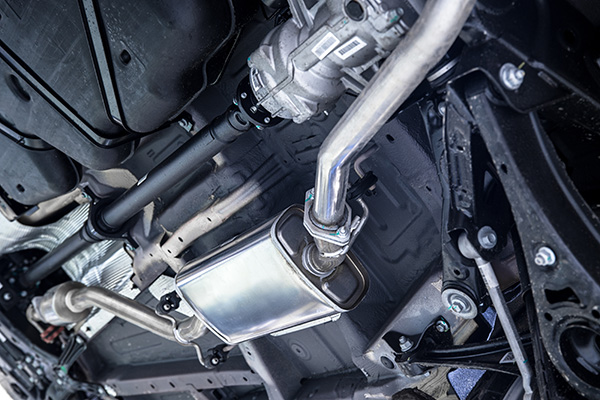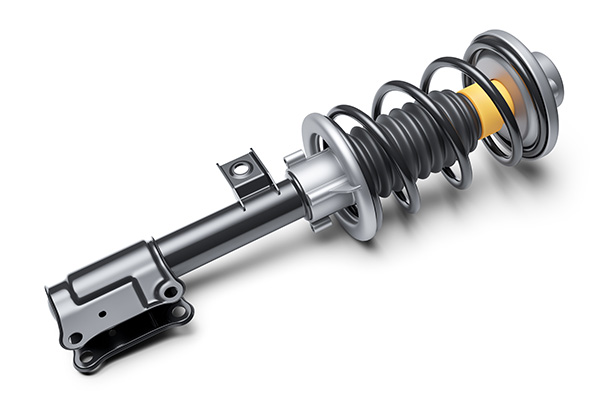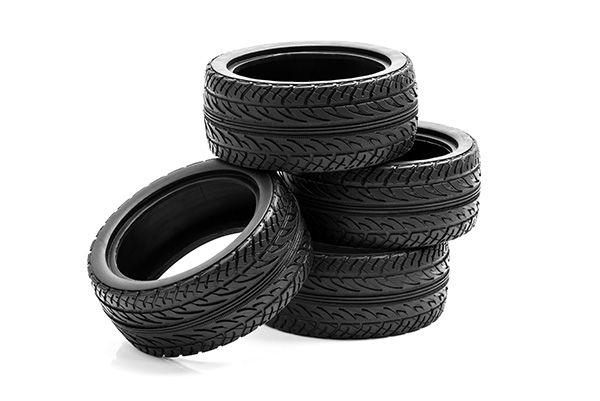Posted on 12/19/2025

When spark plugs start wearing out, the changes are usually small at first. Maybe the engine feels a little lazier, fuel mileage is not quite what it used to be, or the idle has a slight stumble on cold mornings. Because the car still starts and drives, it is easy to ignore those early hints. Paying attention to them and replacing plugs on time can prevent bigger issues with ignition coils, catalytic converters, and drivability down the road. What Spark Plugs Do Every Time You Start The Engine Spark plugs sit at the end of each cylinder, creating the spark that ignites the air-fuel mixture. They have to fire thousands of times per minute, under high heat and pressure, without misfiring. Over time, the center electrode and ground strap wear away, the gap opens up, and deposits build on the insulator. As the gap grows, the ignition system has to work harder to jump the distance. That extra strain shows up as a weak spark, occasional misfires, or coils wor ... read more
Posted on 11/28/2025

A rattle under the car can be harmless or a sign that something important has come loose. Because the sound often echoes off the pavement, it is tricky to pinpoint from the driver’s seat. The good news is that most underbody rattles come from a short list of familiar parts, and a few clues about when the noise appears can narrow things fast. Listen for When the Rattle Happens Timing tells a story. A rattle that shows up right after a cold start, then fades as the car warms, often points to thin metal shields that expand and quiet down. A noise that appears only on rough roads hints at a loose bracket, plastic splash shield, or suspension link. If the sound tracks engine rpm more than the road speed, look at exhaust and heat shields. If it tracks vehicle speed, think wheels, brake hardware, or the driveline. Heat Shields Modern exhaust systems use several heat shields to protect the cabin and nearby components. These th ... read more
Posted on 10/31/2025

When your car starts bouncing more than usual over speed bumps or feels unstable while driving on uneven pavement, the cause may not be your tires. Worn or damaged shocks and struts are often the real reason behind that bumpy, unsettled ride. These components are essential for maintaining your vehicle's stability, comfort, and safety. If the road feels more chaotic than it used to, or you notice unusual movement after hitting a bump, your suspension system may be due for attention. Learning how shocks and struts work, and what symptoms to look for, can help you catch problems before they affect your safety or cause more costly damage. The Role of Shocks and Struts in Your Suspension Shocks and struts perform a similar job in your car’s suspension, but they aren’t exactly the same. Both help control the motion of your vehicle’s springs, which absorb road bumps. Without these components, your car would continue bouncing long after each bump. Sho ... read more
Posted on 9/26/2025

As colder weather approaches, it’s important to make sure your vehicle is ready to handle changing road conditions. One of the most critical areas to focus on is your tires. Even if they look fine at a glance, worn or aging tires can put you at risk when temperatures drop and roads become slick. Replacing your tires before winter sets in not only improves safety but also enhances your car’s overall performance. Here are five key reasons to consider changing your tires before the season begins. 1. Better Traction in Wet and Cold Conditions Winter doesn’t always bring snow to Georgia, but it does bring colder temperatures and plenty of rain. As rubber compounds harden in cooler weather, older tires lose flexibility and grip. Combined with worn tread, this creates a greater risk of slipping on wet or icy roads. Fresh tires are designed to maintai ... read more
Posted on 8/29/2025

A dead car battery is one of the most common causes of vehicle breakdowns, especially in extreme weather. But did you know your battery can be on the brink of failure long before you notice signs? Regular battery health checks can help you avoid being stranded and keep your car starting reliably. Whether you're preparing for the upcoming season or simply want peace of mind, here's how to test your battery and what to look out for. Battery Health Is important Your vehicle's battery does more than just start the engine. It powers everything from your headlights and dashboard electronics to your radio and climate control when the engine isn't running. A weak battery may still turn your car over, but it could be straining to meet demands. Battery problems often appear during the first cold snap of the year or after a prolonged period of hot weather. In Georgia's climate, batteries tend to wear out faster than in milder areas, making rout ... read more